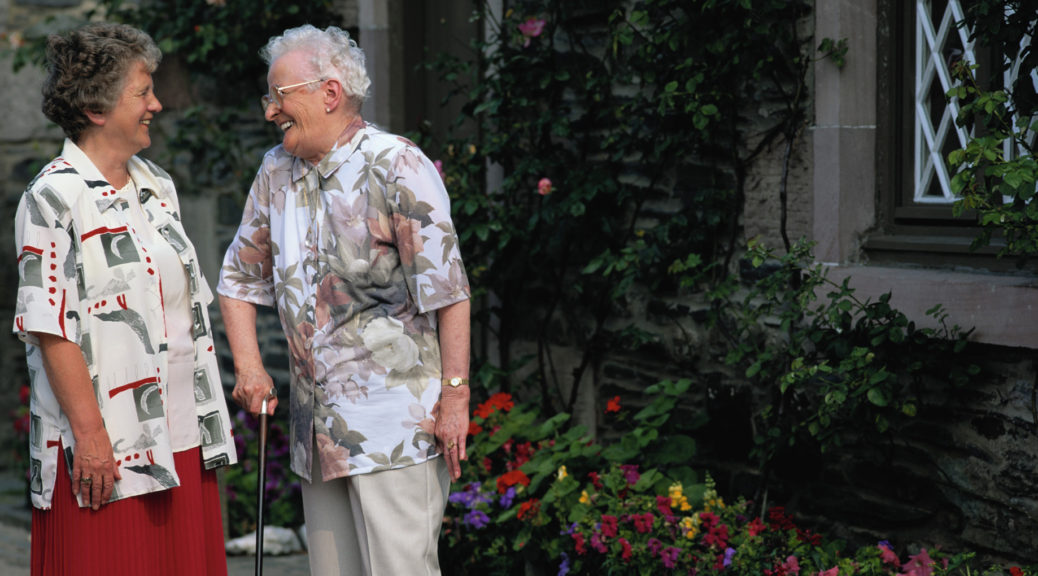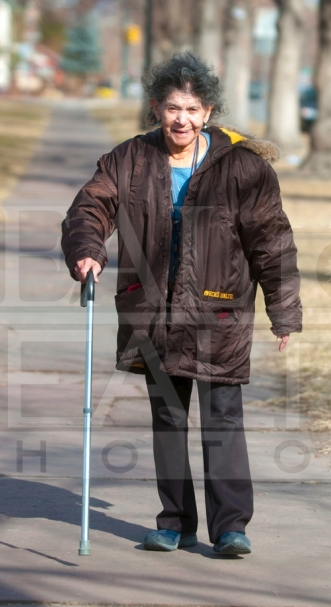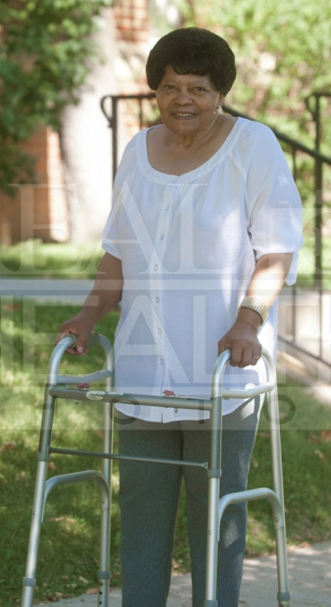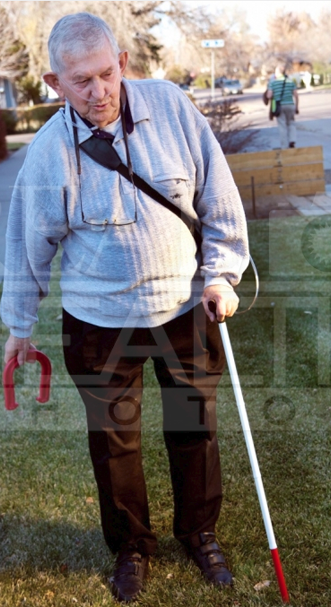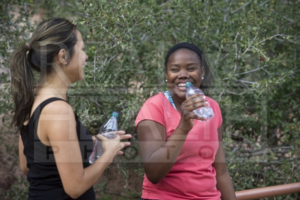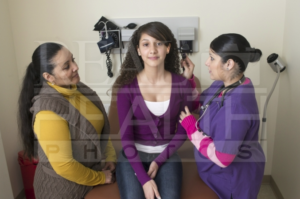Using Targeted Photographs to Improve Health Messages for Stigmatized Populations
In a recent e-publication in the Journal of Health Communication, Mary Buller, President of Klein Buendel, and her coauthors report results of an evaluation of using Real Health Photos in health communication messaging. Real Health Photos is a unique collection of images of people with diversity of age, gender, race, ethnicity, income level, and health condition. The collection was produced by Klein Buendel to portray the diversity of health through photography and promote the inclusion of all populations in health promotion materials and media.
Of particular concern is how to reach underserved populations with effective health messages. Underserved groups with particular health needs — including people with disabilities, the elderly, and the overweight or obese — are underrepresented in popular media images and are often stigmatized so that they have to deal with prejudice and ostracization.
This research project tested the prediction that photographs depicting people very similar to the target population of a health message would improve the health communication and increase the target populations’ intentions to change behavior in a favorable, more healthful direction. The evaluation of using Real Health Photos in health communication messaging was guided by the homophily principle. The homophily principle — that perceived similarities among people produce positive reactions — is a cross-cultural, global phenomenon and is grounded in the power of identification. Specifically, the study tested two hypotheses: (1) whether a health communication message will be more effective (that is, create stronger behavioral intentions to increase physical activity and eat a healthy diet) when incorporating photographs that match the target population than photographs that do not match the population in disability, age, or weight; and (2) whether the effectiveness of photographs that match the population on disability, age, or weight will be mediated by identification with persons in the photographs (that is, matched photographs will increase identification relative to unmatched photographs and increased identification will be associated with greater behavioral intentions).
To test the hypotheses, three nationally-representative samples of adults (n=1,796) who were physically-disabled, elderly, or overweight/obese were selected from a large national survey panel. Participants read an identical message promoting increased moderate to vigorous physical activity and decreased intake of high fat, high sugar, and high carbohydrate foods. Photographs from a commercial stock photograph service versus photographs created for the research project to match the three populations — from Real Health Photos — were included in the messages. Participants responded to assessments of behavioral intentions, outcome and self-efficacy expectations, and identification. Statistical analysis confirmed that Real Health Photos that matched the specific target population increased behavioral intentions mediated by identification in the physically-disabled and overweight/obese samples. Matched visual images improved health message effectiveness by capitalizing on the homophily and identification processes.
The development of Real Health Photos and this research were funded by a Small Business Innovation Research grant from the National Institute of Minority Health and Health Disparities (MD003338; Mary Buller, Principal Investigator). Coauthors include Dr. Peter Andersen from San Diego State University, Dr. Michael Slater from The Ohio State University, Dr. Kim Henry from Colorado State University, Lyndsay Fluharty from Telligen, Inc., and Dr. Erwin Bettinghaus, Xia (Lucia) Liu, Steven Fullmer, and Dr. David Buller from Klein Buendel. Many of the Real Health Photos used in this study were taken by Delia Palmisano from Blue House Photography in Denver, Colorado.
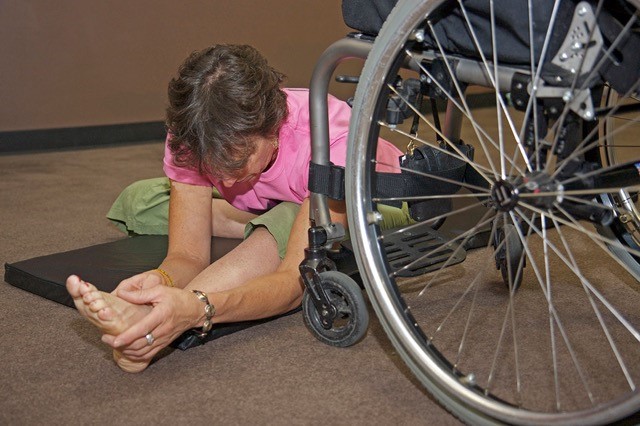
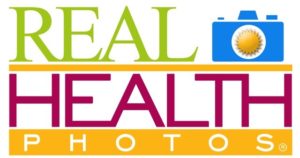

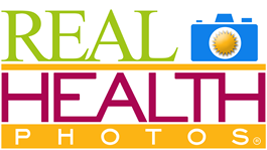
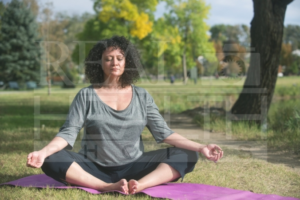

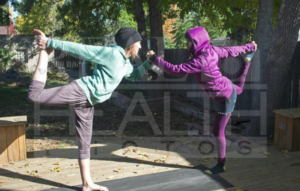



 Dr. Victoria Sánchez is an Associate Professor in the
Dr. Victoria Sánchez is an Associate Professor in the 